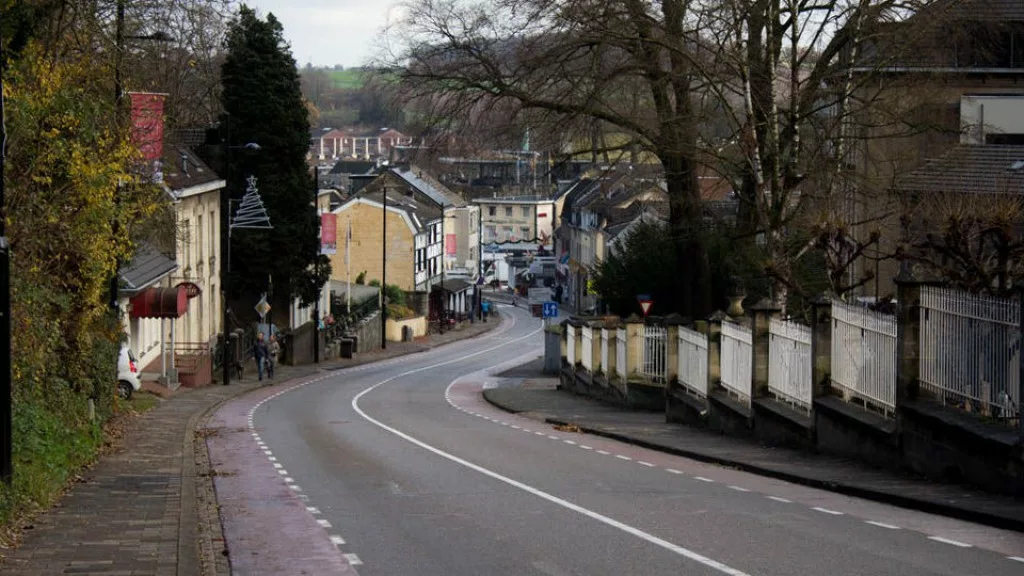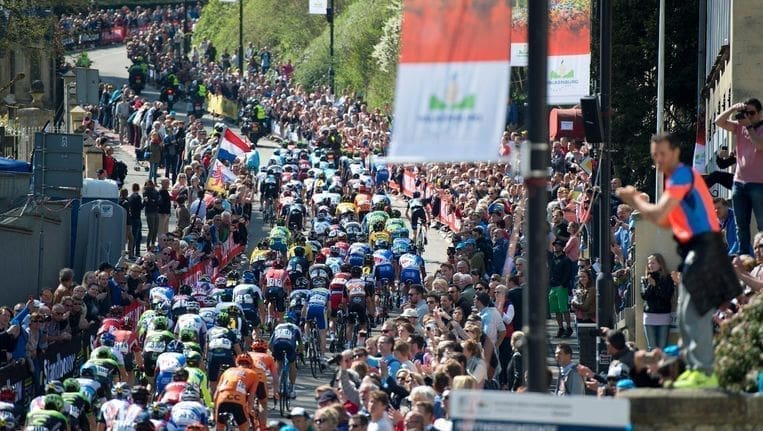The Cauberg climb, located in the Dutch province of Limburg, is one of the most iconic and challenging ascents in professional cycling. Steeped in history, the climb has played a pivotal role in numerous prestigious races, including the Amstel Gold Race and several UCI Road World Championships. In this article, we delve into the history of the climb and its significance in the world of competitive cycling.
The Cauberg Climb
Situated in the picturesque town of Valkenburg aan de Geul, the Cauberg climb has long been a symbol of Dutch cycling prowess. The ascent spans just over 1.2 kilometres, with an average gradient of 5.8% and a maximum gradient of 12.8%. Though relatively short, the Cauberg climb is notorious for its steep, uneven terrain and the strong headwinds that often accompany the final push to the summit. The climb has become synonymous with hard-fought battles and unforgettable cycling moments, earning it a place among the sport’s most legendary ascents.
The Cauberg in the Amstel Gold Race
The Cauberg climb’s illustrious history is closely tied to the Amstel Gold Race, the Netherlands’ premier one-day cycling event. Established in 1966, the race covers a winding and undulating course through the Limburg region, with the Cauberg climb featuring as a critical point in the route. Until 2017, the race culminated with a gruelling ascent of the Cauberg, where the steepest slopes and fervent crowds pushed riders to their limits. Although the race finish was moved to the nearby town of Berg en Terblijt in 2018, the Cauberg remains an integral part of the Amstel Gold Race, serving as a decisive battleground for contenders. The men’s and women’s races now tackle finish from opposite directions, lessening the impact of the Cauberg on the men’s race whereas it is still a focal point of the women’s race.
Over the years, the Cauberg climb has witnessed numerous memorable moments in the Amstel Gold Race. One such moment was in 2012 when Philippe Gilbert of Belgium claimed his third victory at the event, showcasing his exceptional climbing abilities on the Cauberg’s slopes. Another unforgettable event occurred in 2016 when Italian-Swiss cyclist Enrico Gasparotto outpaced rival Michael Valgren in a thrilling sprint to the finish line. It was Gasparotto’s first win since succeeding in the 2012 edition of the same race. He would also be on the podium again in 2018.

Cycling World Championships
The Cauberg climb has also played host to several UCI Road World Championships, further cementing its status as a key player in professional cycling. In 1938, the climb was first featured in the World Championships, where Belgian cyclist Marcel Kint took the victory. The Cauberg would later host the event in 1948, 1979 (with Petra De Bruin the first women’s winner on the slopes), and most recently in 2012.
The 2012 UCI Road World Championships was particularly notable, as it marked the return of the Cauberg climb to the international stage after more than three decades. The Men’s Elite Road Race saw an intense battle on the Cauberg, with Belgian rider Philippe Gilbert claiming the rainbow jersey after a powerful attack on the final ascent. He finished just 4 seconds ahead of Norwegian chaser Edvald Boasson Hagen. The Women’s Elite Road Race also provided a thrilling spectacle, with Dutch cyclist Marianne Vos securing the gold medal on home soil by 10 seconds over Rachel Neylan of Australia.
The Cauberg climb’s storied history is a testament to its enduring significance in the world of competitive cycling. From its central role in the Amstel Gold Race to its multiple appearances in the UCI Road World Championships, the climb has borne witness to some of the sport’s most unforgettable moments. As cyclists continue to face the challenge of the Cauberg’s steep slopes and unforgiving conditions, its legacy as one of cycling’s most iconic ascents remains unshakable.






